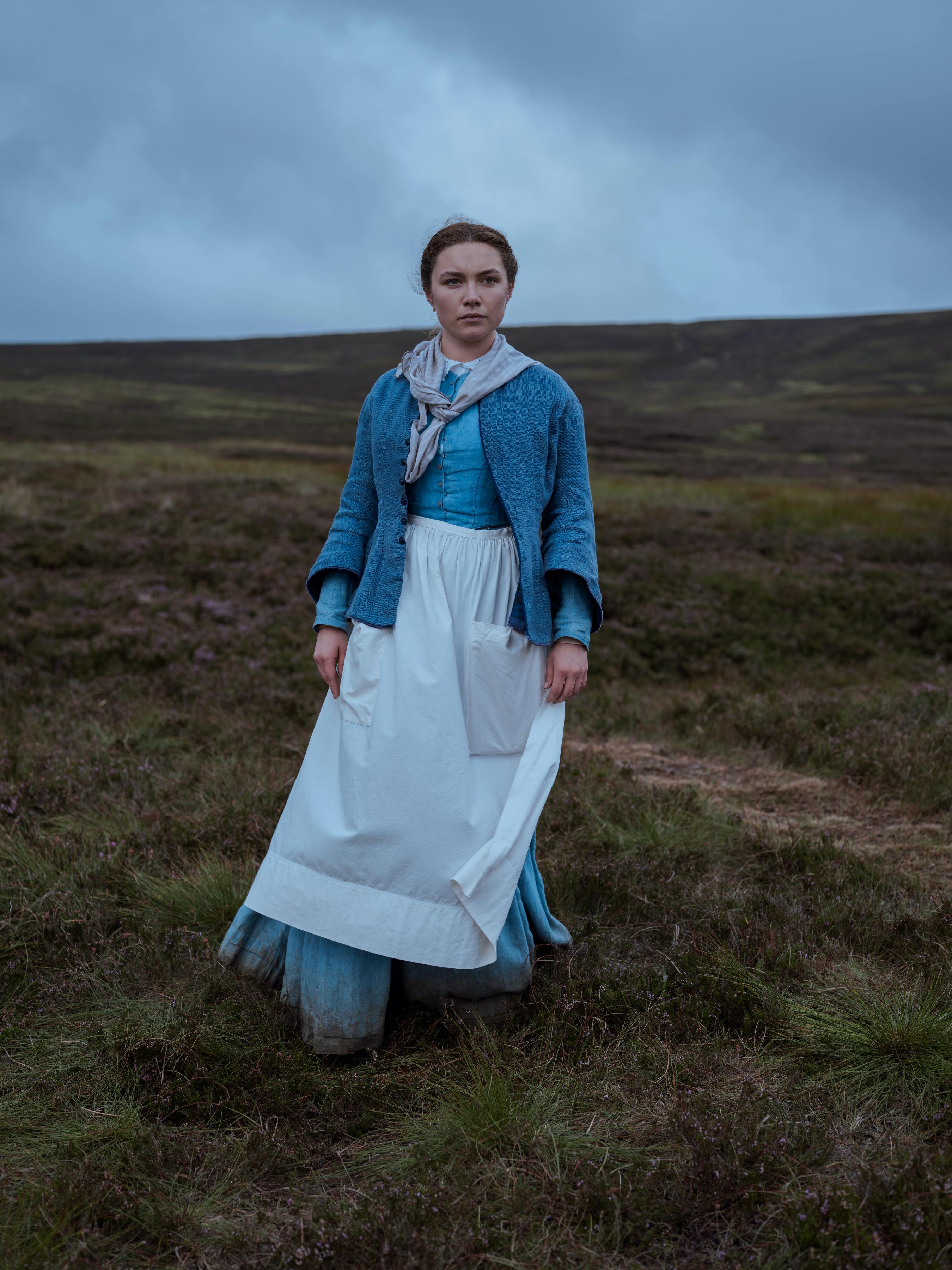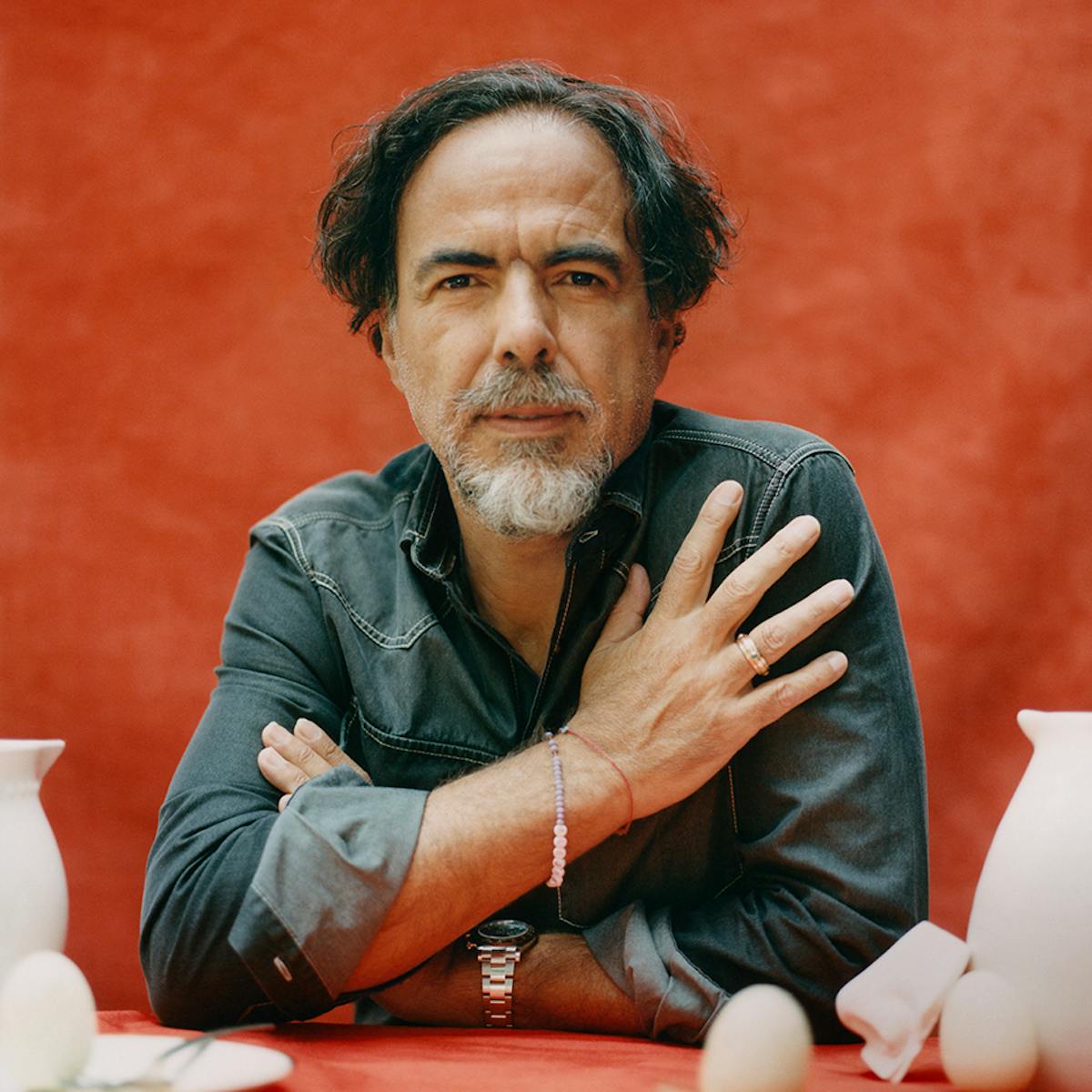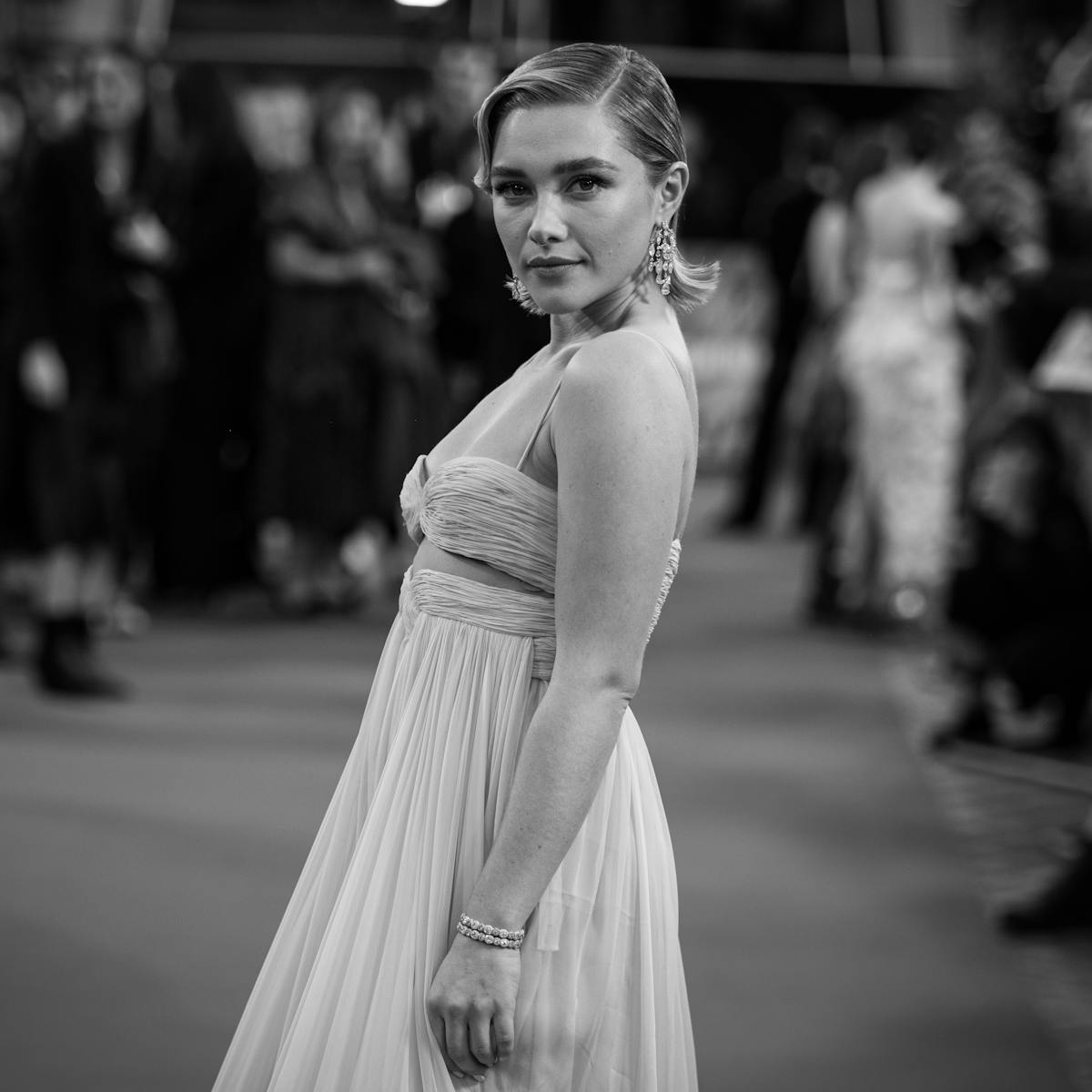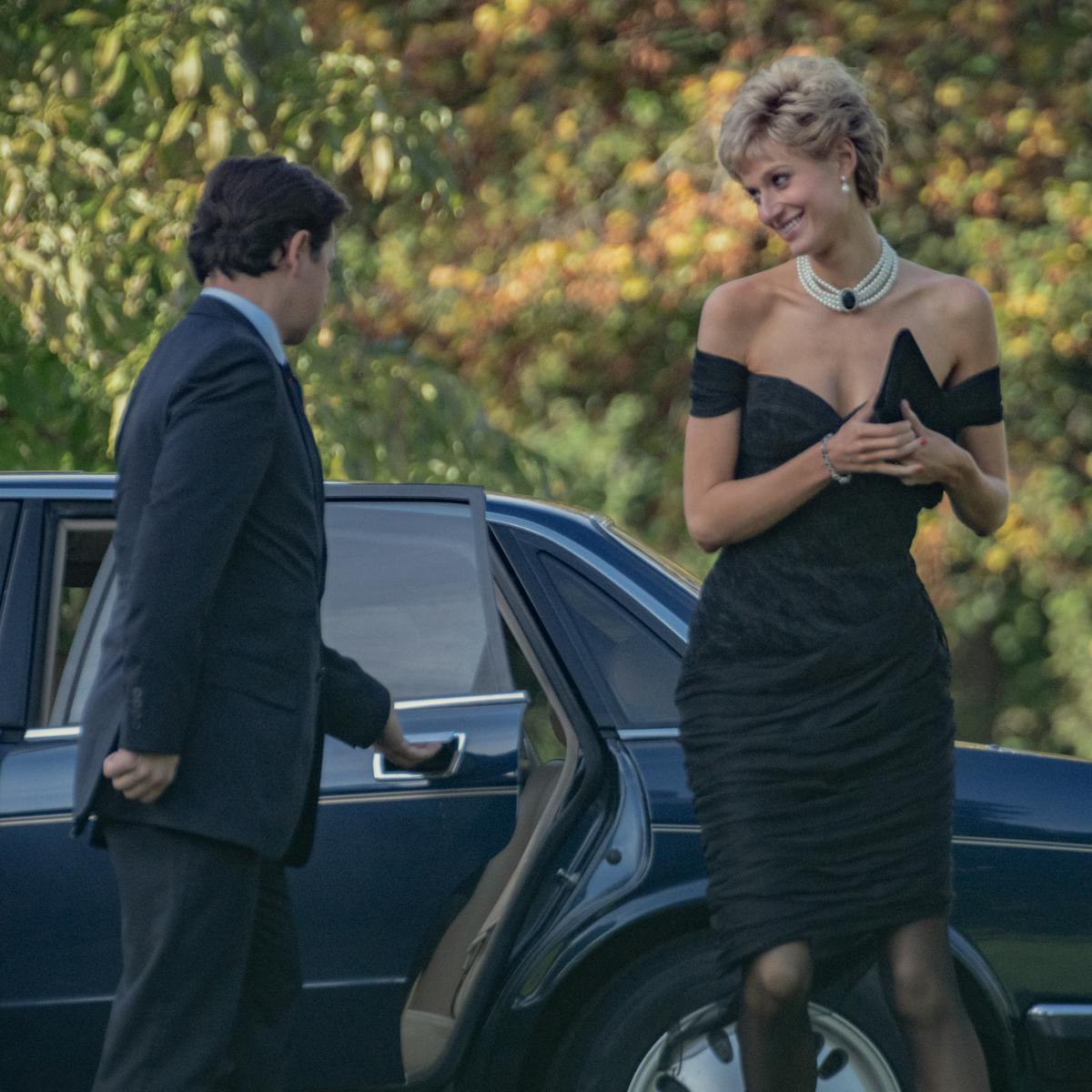Florence Pugh is mesmerizing in this unsettling Irish tale.
“It has been a progressive process of hypnosis,” says director Sebastián Lelio (A Fantastic Woman) of how he fell in love with cinema. Such is the effect of the Academy Award-winning director’s latest film, The Wonder, whose quietly captivating story and painterly cinematography allow audiences to fall, frame by gorgeous frame, under its spell.
Based on Emma Donoghue’s 2016 novel, The Wonder transports us to the Irish midlands in 1862, just under a decade after the end of the Irish Potato Famine, which starved roughly one million people and drove another million out of Ireland as refugees. Relations between Ireland and its colonizer England — who’d failed to mitigate the famine’s effects — are tense. Nurse Lib Wright (Florence Pugh), an English nurse who served under Florence Nightingale in the Crimean War, is summoned to an Irish town to watch over a religious 11-year-old girl named Anna O’Donnell (Kíla Lord Cassidy), who hasn’t eaten in four months and insists that she survives off of “manna from heaven.” As skeptical Nurse Lib attempts to discover the child’s secret, she’s driven to methods beyond scientific reason to save her ward.
Irish Canadian author, screenwriter, and playwright Emma Donoghue, whose 2015 adaptation of her novel Room earned the writer an Oscar nomination, based The Wonder on the real-life phenomena of fasting girls, and was particularly inspired by one account. “Nurses were hired by The Times newspaper to watch a fasting girl in Wales,” says Donoghue. “And I thought that was a weird kind of unholy alliance of the medical establishment and the media establishment.” Donoghue co-wrote the screenplay for The Wonder alongside Lelio and the award-winning playwright and screenwriter Alice Birch (Conversations with Friends, Lady Macbeth), whose work adapting Sally Rooney’s novel Normal People for television earned its writers Emmy nominations.
As Nurse Lib, Pugh (Midsommar, Little Women) captures her character’s rigid adherence to facts, meticulously noting her patient’s progress in a notebook that the family servant, Niamh Algar’s Kitty, cheekily dubs her “bible.” Lord Cassidy (The Doorman) portrays Anna, and in the role of her mother, Rosaleen, is the actor’s own mother, Elaine Cassidy (No Offence). “The camera knows when it has something real in front of it,” says Lelio of the pair. “The mother in the film is really protective and territorial. And who better to defend the character of the daughter in the film than her real mother?”
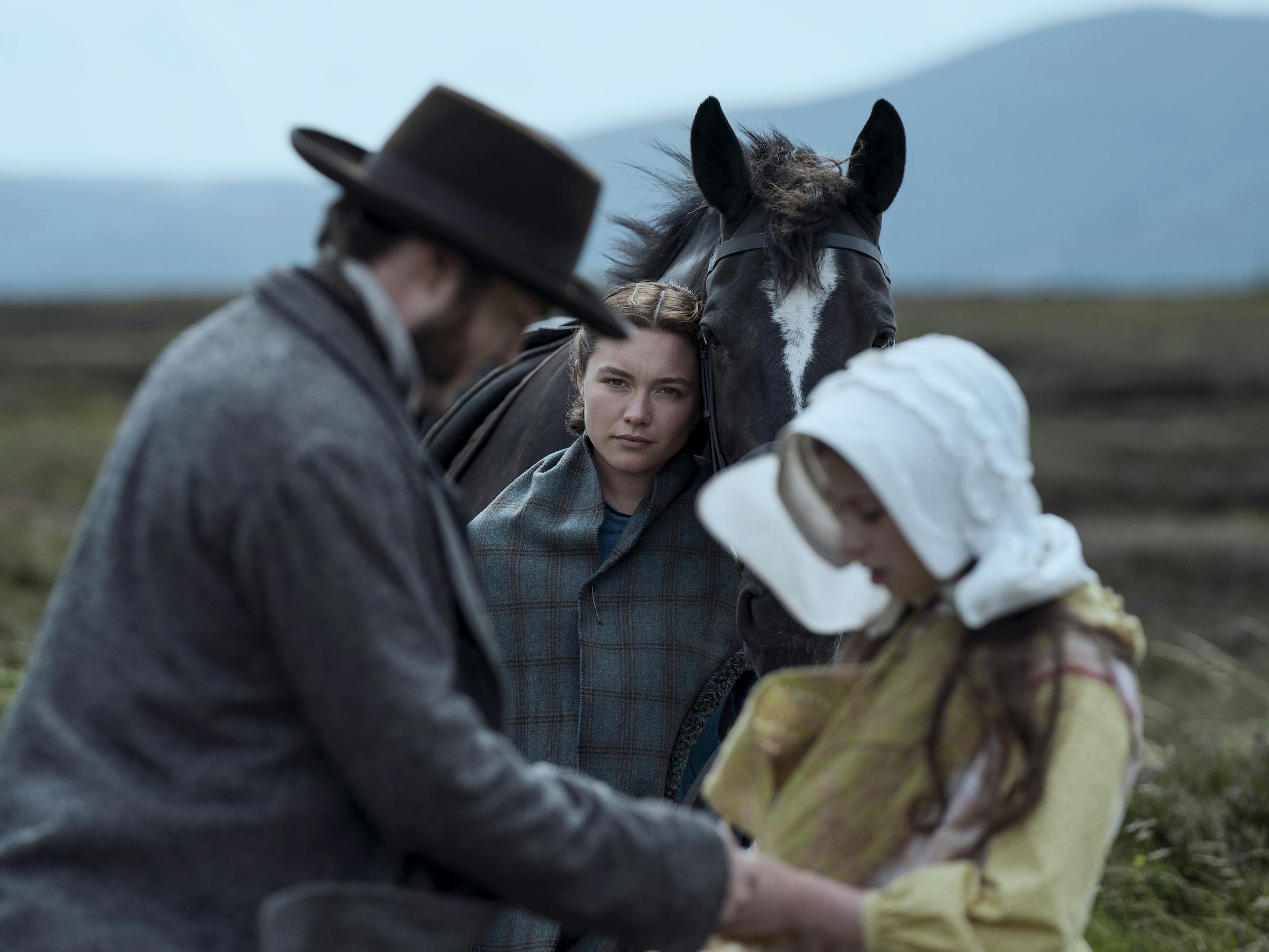
Tom Burke, Florence Pugh, and Kíla Lord Cassidy
“The novel The Wonder has a great sense of things, escalating energy, accumulating towards the inevitable, and that energy is something that the film tried to honor,” says Lelio, who brought on Academy-Award nominated cinematographer Ari Wegner (The Power of the Dog) to support that vision. Lelio and Wegner agreed that they wanted to strike a balance between modernity and authenticity with the period piece. They enhanced the film’s realism, shooting exteriors in natural light, but added vibrant touches to the wardrobe to offset the era’s dreariness. “Because of how much hardship there already is in the themes of the film, we wanted to not add a visual hardship on top of that,” says Wegner. “Everyone in the film has a very strong hope. And it is about the kind of possibility of a miracle.” The scenes featuring the committee overseeing the watch, on the other hand, double down on the period’s bleakness. Local doctor (Toby Jones) and priest (Ciarán Hinds) interview Nurse Lib and Sister Michael (Josie Walker), who’s also been assigned to watch young Anna, in a colorless room from behind a wooden table, underscoring their complete authority over the women.
Along with her deft application of color, Wegner used a proprietary technique to create a vintage yet contemporary look: transferring the cut film to celluloid, then scanning the film, and finally doing a color grade. “There’s always something that’s slightly uneasy about a period film that looks too digital,” says Wegner. “One of the things that Sebastián and I wanted was a film that didn’t look like any other film. As with the handmade houses and primal world [of the film], this feels handmade. You feel the celluloid film, the grain, the roughness, and a little bit of the unpolished edges that come with film. Even the bits that are imperfect, or that you’d call mistakes or deficiencies, we also really love, and are super beautiful.”
Adding to The Wonder’s ambiance is a haunting, experimental score by British electronic musician Matthew Herbert, in his fourth partnership with Lelio. Rather than turn to the orchestral instruments that typically accompany period films, Herbert contorted familiar eighteenth-century Irish folk instruments while enlisting the film’s existing catalog of sounds: “The basis of the score, I guess, is human voices. Some are taken from the soundtrack. Where it goes ‘whack!’ for example, which you hear a few times, it’s actually taken from one of Anna’s prayers, and some of Florence’s tones or breaths I’ve used.”

Tom Burke, Florence Pugh, and Kíla Lord Cassidy
The film’s production designer, Grant Montgomery (Peaky Blinders) had to get equally creative, constructing the O’Donnell family house from scratch, and eventually deciding on a cafe in Redcross, County Wicklow as the location for the spirit grocery where Nurse Lib stays throughout her time watching Anna. “It was a stroke of huge luck to get something that allowed us to have multiple sets interconnected,” explains Montgomery. “So, you could move from upstairs in Lib’s bedroom in the spirit grocery, down the stairway, into the dining room, into the bar, into the front of the grocery, out into the yard, and into the mortuary.” As Montogomery converted the modern cafe to fit the period, he turned to Donoghue’s novel, the paintings of Andrew Wyeth, and copious amounts of reading on nineteenth-century architecture, furniture, and the conditions of the Great Famine.
Costume designer Odile Dicks-Mireaux rejoined her Disobedience director to add yet another meticulous period look to her body of work. Having crafted costumes for Last Night in Soho and John Crowley’s Brooklyn, Dicks-Mireaux dove into the necessary research, finding inspiration in the 2010 film Meek’s Cutoff, set in 1840s America. “It had these beautiful washed-out colors going across a desert,” says the designer. “So that was the inspiration, to some extent, of Lib, Anna, and Rosaleen’s colors in their clothes.” To add the vibrant touches Lelio and Wegner requested, Dicks-Mireaux made Nurse Lib’s costume a brilliant blue, handpicked by Lelio. “I chose the fabric, dyed several shades of blue.
I sent him tiny little swatches which he could look at,” she remembers. “It was a very brave choice actually because I thought, Maybe that’s going to sing out too much. But in fact, it worked really, really well.” Lelio and his crew’s brave choices in The Wonder amount to a film that brims with the mystery of its subject matter, feeling at once entirely realistic to the period and completely modern.
Remembering one of his first moments of cinematic wonder, Lelio tells us: “I was like eight years old and I was watching The Empire Strikes Back. I was so in awe of what I was watching but I had to go to the bathroom. I had to decide if I’d stay and pee in my pants or stop and lose the climax of the film.” Riveted, the director remained seated to face the consequences rather than leave. With The Wonder, Lelio bottles that energy for his own film, which hums with tension from its opening shot to its surprising conclusion.
